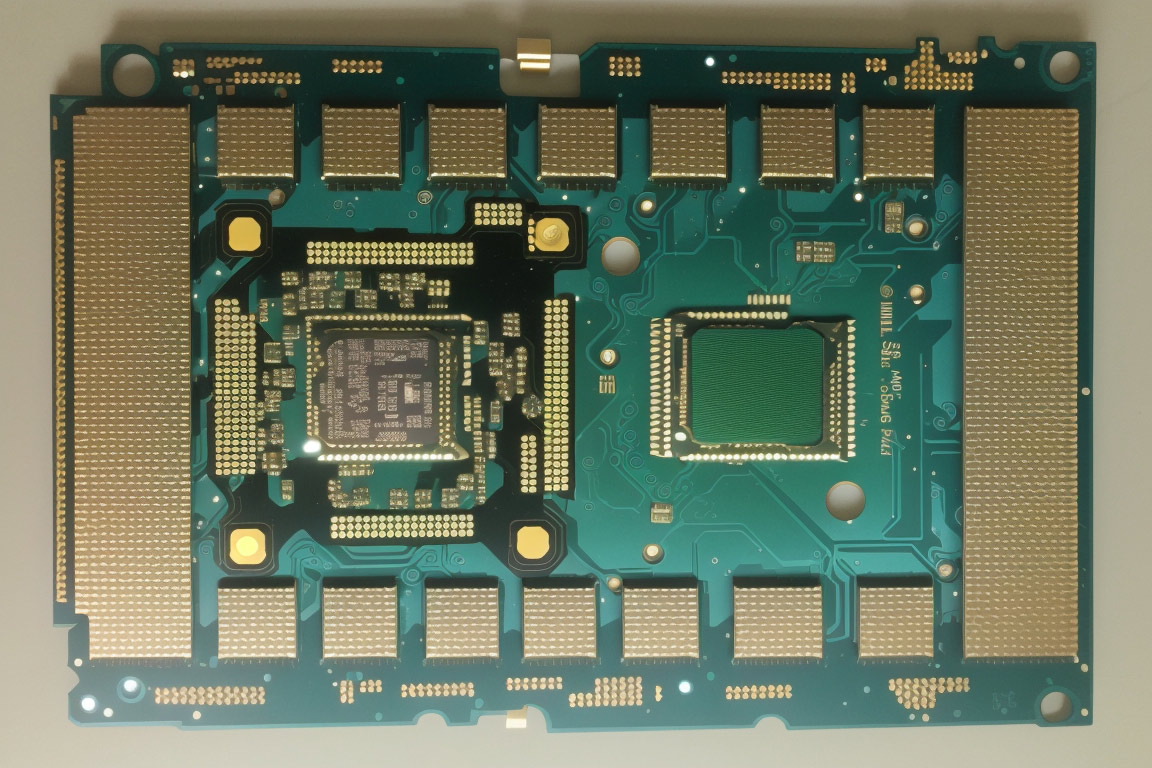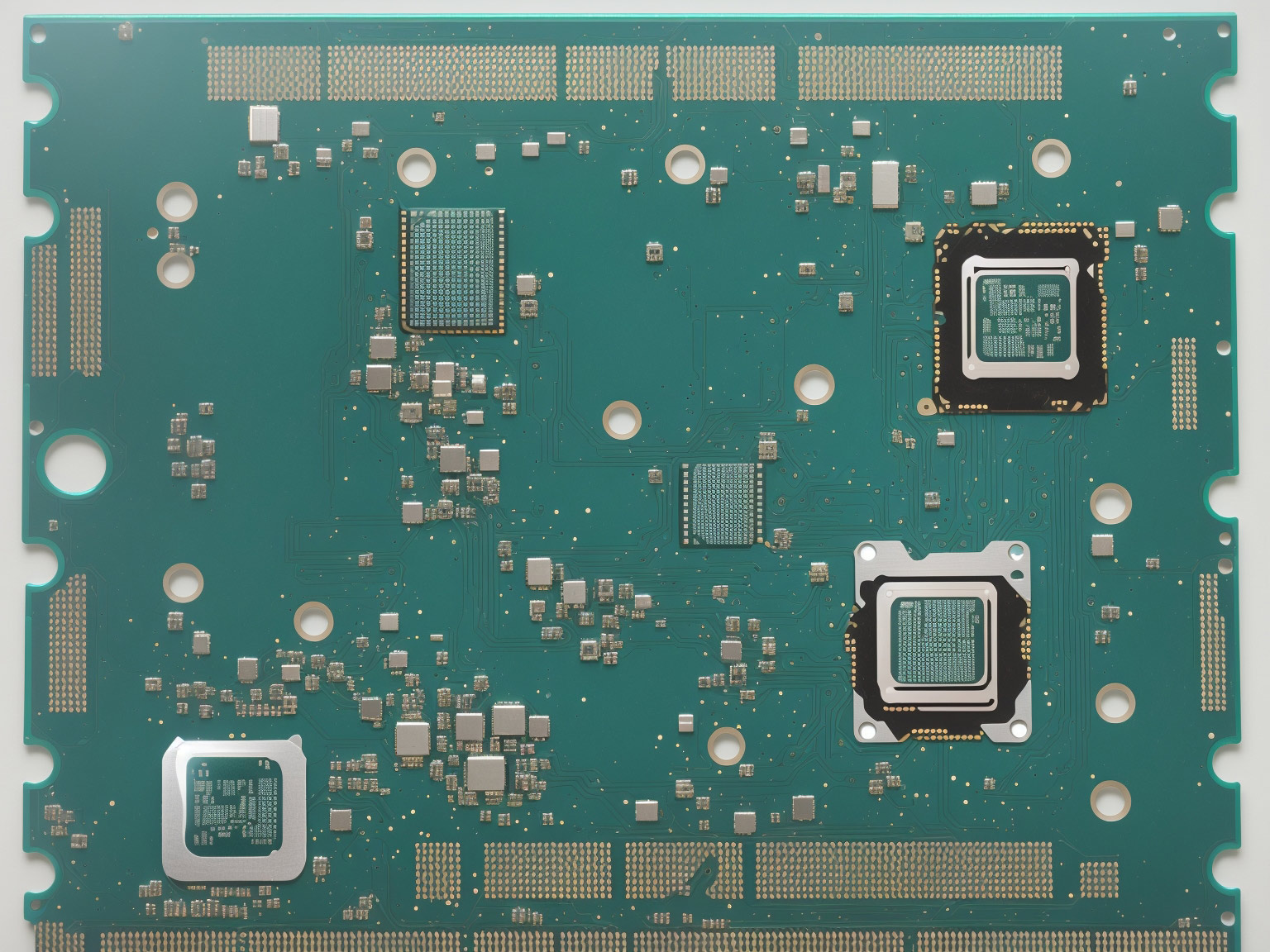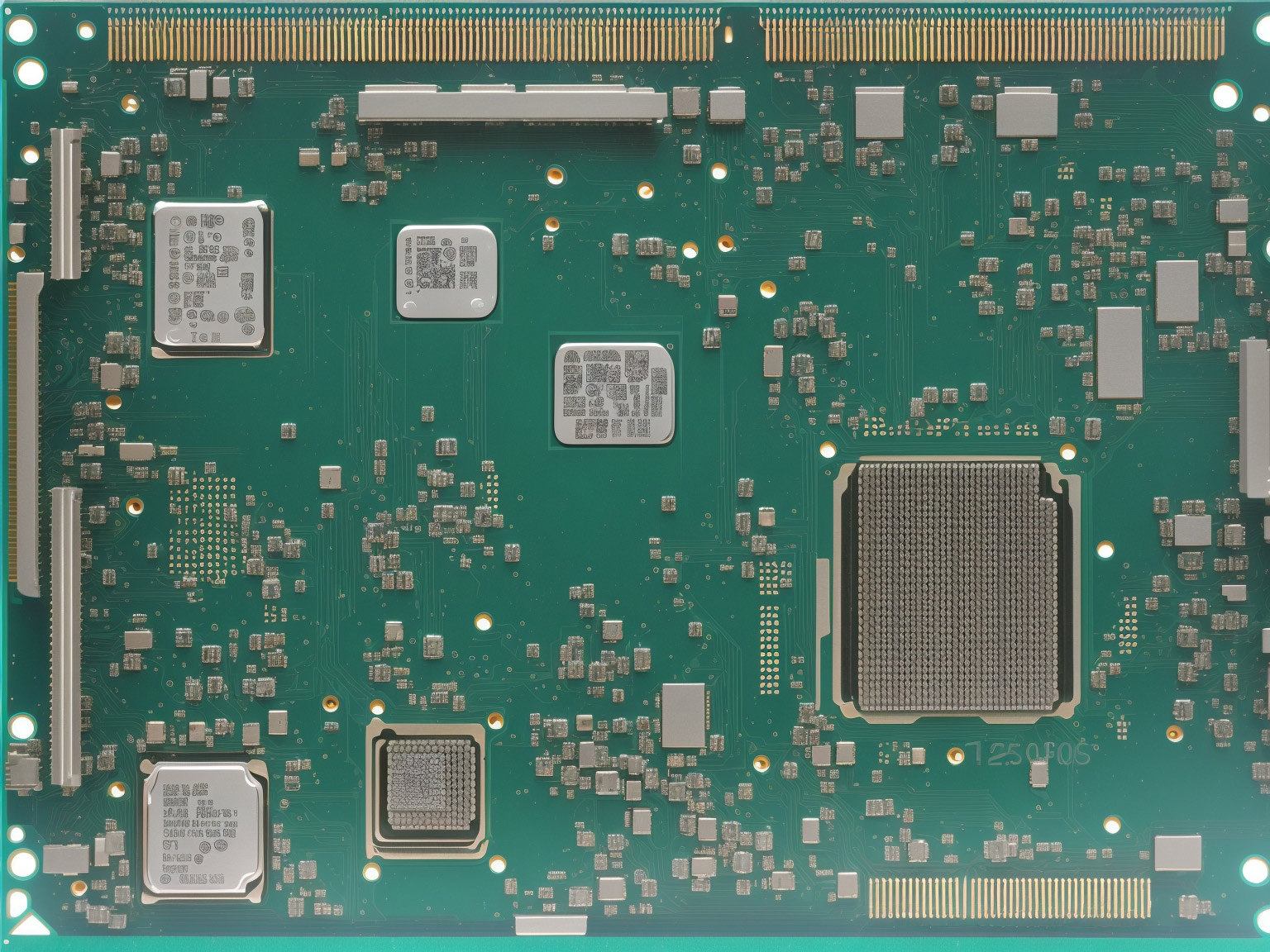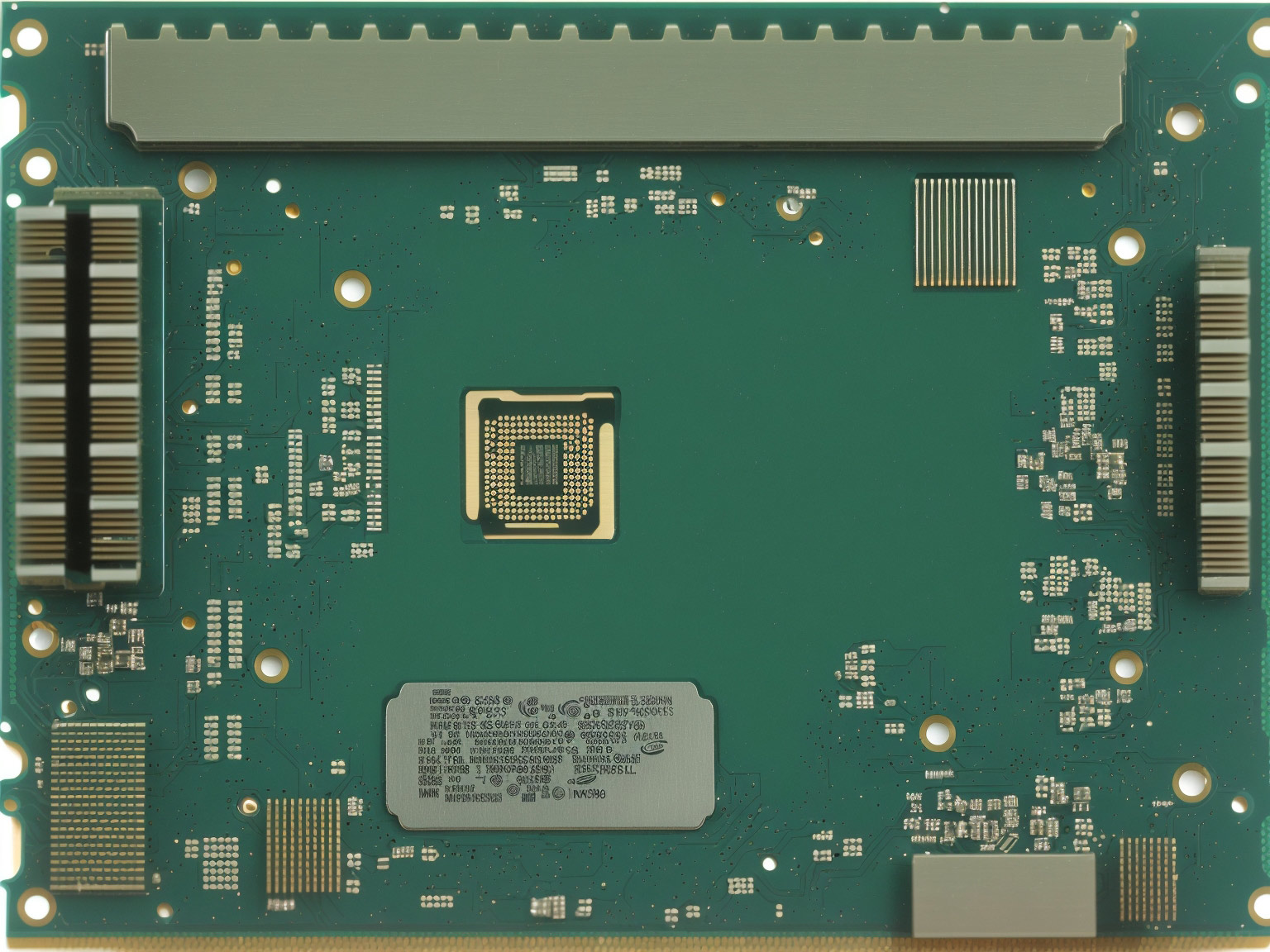
Intel 13th Gen Raptor Lake CPUs: No Server Versions. Comparation with AMD
Intel has always been at the forefront of technological advancements in the microprocessor world, and the 13th Gen Raptor Lake CPUs are the epitome of this progress. These CPUs promise top-tier performance, advanced AI capabilities, and high memory speeds, among other things.
Raptor Lake is Intel’s codename for the 13th-generation of Intel Core processors based on a hybrid architecture, utilizing Raptor Cove performance cores and Gracemont efficient cores. Raptor Lake launched on October 20, 2022. Mobile versions are expected to be released by the end of the year. Like Alder Lake, Raptor Lake is fabricated using Intel’s Intel 7 process. At Intel’s Investor Meeting 2022, it was confirmed that Raptor Lake would feature up to 24 cores (8 performance cores plus 16 efficient cores) and 32 threads and is socket compatible with Alder Lake systems (LGA 1700).
The company spokesman revealed that Raptor Lake was created to benefit from process improvements before Meteor Lake arrives since the next microarchitecture was likely to be delayed.
On January 3, 2023 at CES 2023, Intel announced new desktop Raptor Lake CPUs and mobile CPUs, including a new line-up called N-Series processors which include only energy efficient cores. (https://en.wikipedia.org/wiki/Raptor_Lake)

Raptor Lake competes with the AMD Ryzen 7000 series that was launched about one month earlier on September 27, 2022.
Design and Architecture
The Raptor Lake CPUs are speculated to continue the hybrid architecture introduced with Alder Lake, featuring both Performance-cores (P-cores) and Efficient-cores (E-cores). This design aims to provide a balance between high performance and energy efficiency. Given Intel’s previous generation CPUs, one can expect an increased number of cores, potentially enhancing the processing power of these chips.
Built on the same foundational architecture as its predecessor, Alder Lake, the Raptor Lake CPUs use Intel’s refined 7nm process node, demonstrating an evolution in terms of design and performance. This approach marks the continuation of the hybrid architecture combining Performance-cores (P-cores) and Efficient-cores (E-cores). However, what sets the Raptor Lake apart is its enhanced P-core count, aiming to boost single-threaded and multi-threaded performance for intensive workloads.
Server Variant
As for server variants, Intel usually releases Xeon processors specifically designed for server applications, parallel processing, and enterprise use. A server-specific variant will NOT exist within the Raptor Lake lineup.
Frequency, Cores Amount
The CPU Frequency depends on its model, below you can check the Model list and compare them. Lower Frequency means more efficient operations.
- Up to 8 Raptor Cove performance cores (P-core)
- Up to 16 Gracemont efficient cores (E-core)
Memory
Raptor Lake CPUs are expected to natively support DDR5 memory, which could significantly enhance memory speed and overall system performance. This new generation of RAM promises double the speed of DDR4, while also reducing power consumption. However, to ensure compatibility with older systems, these CPUs are likely to maintain DDR4 support.
AI
On the AI front, Raptor Lake CPUs will probably have enhanced AI capabilities compared to the Alder Lake chips. AI advancements could improve various features, such as noise suppression, video upscaling, and more. However, specifics on the AI capabilities of the Raptor Lake CPUs weren’t available at the time of my last update.
Socket
Intel continue using the LGA 1700 socket introduced with Alder Lake.

Model List and Prices
| Processor branding |
Model | Cores (threads) |
Clock rate (GHz) | GPU | Smart Cache |
Power | Release date |
Price (USD) |
||||||||
|---|---|---|---|---|---|---|---|---|---|---|---|---|---|---|---|---|
| Base | Turbo Boost | Model | Max. clock rate (GHz) |
|||||||||||||
| 2.0 | 3.0 | TVB | ||||||||||||||
| P | E | P | E | P | E | P | P | Base | Turbo | |||||||
| Core i9 | 13900KS | 8 (16) | 16 (16) | 3.2 | 2.4 | 5.4 | 4.3 | 5.8 | 6.0 | UHD 770 | 1.65 | 36 MB | 150 W | 253 W | January 12, 2023 | $699 |
| 13900K | 3.0 | 2.0 | 5.7 | 5.8 | 125 W | October 20, 2022 | $589 | |||||||||
| 13900KF | — | $564 | ||||||||||||||
| 13900 | 2.0 | 1.5 | 5.2 | 4.2 | 5.5 | 5.6 | UHD 770 | 1.65 | 65 W | 219 W | January 3, 2023 | $549 | ||||
| 13900F | — | $524 | ||||||||||||||
| 13900T | 1.1 | 0.8 | 5.1 | 3.9 | 5.3 | — | UHD 770 | 1.65 | 35 W | 106 W | $549 | |||||
| Core i7 | 13790F | 8 (8) | 2.1 | 1.5 | 5.1 | 4.1 | 5.2 | — | 33 MB | 65 W | 219 W | February 2023 | China exclusive |
|||
| 13700K | 3.4 | 2.5 | 5.4 | 4.2 | 5.4 | UHD 770 | 1.6 | 30 MB | 125 W | 253 W | October 20, 2022 | $409 | ||||
| 13700KF | — | $384 | ||||||||||||||
| 13700 | 2.1 | 1.5 | 5.1 | 4.1 | 5.2 | UHD 770 | 1.6 | 65 W | 219 W | January 3, 2023 | ||||||
| 13700F | — | $359 | ||||||||||||||
| 13700T | 1.4 | 1.0 | 4.8 | 3.6 | 4.9 | UHD 770 | 1.6 | 35 W | 106 W | $384 | ||||||
| Core i5 | 13600K | 6 (12) | 3.5 | 2.6 | 5.1 | 3.9 | — | 1.5 | 24 MB | 125 W | 181 W | October 20, 2022 | $319 | |||
| 13600KF | — | $294 | ||||||||||||||
| 13600 | 2.7 | 2.0 | 5.0 | 3.7 | UHD 770 | 1.55 | 65 W | 154 W | January 3, 2023 | $255 | ||||||
| 13600T | 1.8 | 1.3 | 4.8 | 3.4 | 35 W | 92 W | ||||||||||
| 13500 | 2.5 | 1.8 | 3.5 | 65 W | 154 W | $232 | ||||||||||
| 13500T | 1.6 | 1.2 | 4.6 | 3.2 | 35 W | 92 W | ||||||||||
| 13490F | 4 (4) | 2.5 | 1.8 | 4.8 | 3.5 | — | 65 W | 148 W | February 2023 | China exclusive |
||||||
| 13400 | 2.5 | 1.8 | 4.6 | 3.3 | UHD 730 | 1.55 | 20 MB | 65 W | 154 W | January 3, 2023 | $221 | |||||
| 13400F | — | 65 W | 148 W | $196 | ||||||||||||
| 13400T | 1.3 | 1.0 | 4.4 | 3.0 | UHD 730 | 1.55 | 35 W | 82 W | $221 | |||||||
| Core i3 | 13100 | 4 (8) | — | 3.4 | — | 4.5 | — | 1.5 | 12 MB | 60 W | 89 W | $134 | ||||
| 13100F | — | 58 W | $109 | |||||||||||||
| 13100T | 2.5 | 4.2 | UHD 730 | 1.5 | 35 W | 69 W | $134 | |||||||||
Architecture and Process Node: Intel Raptor Lake vs AMD EPYC
Intel’s 13th Gen Raptor Lake CPUs continue the hybrid architecture trend set by the 12th Gen Alder Lake chips, combining high-performance P-cores with energy-efficient E-cores. Built using Intel’s refined 7nm process node, the Raptor Lake CPUs boast an increased number of P-cores, aiming for improved performance in single and multi-threaded tasks.

On the other hand, AMD’s EPYC processors feature a multi-chip module (MCM) design using the Zen 3 architecture. The processors are built on a 7nm process node and feature up to 64 cores in certain models, targeting high-performance computing (HPC) and server tasks.
Performance: Intel Raptor Lake vs AMD EPYC
In terms of performance, the two processors are targeted at different segments. The Raptor Lake CPUs are engineered for high-end consumer applications, including gaming and content creation, and their high P-core count enables them to deliver exceptional performance in these areas. However, their ability to handle server-side and enterprise tasks has not yet been extensively evaluated.
On the contrary, AMD’s EPYC processors are tailored for server and HPC applications. With their high core and thread count, EPYC CPUs handle multi-threaded, parallel processing tasks exceptionally well. These tasks often include large-scale scientific simulations, machine learning workloads, and data center applications. EPYC processors, however, may not perform as efficiently in tasks that rely on high single-threaded performance, such as gaming.
Memory and I/O: Intel Raptor Lake vs AMD EPYC
The Raptor Lake CPUs offer support for DDR5 memory and maintain backward compatibility with DDR4. They also continue to provide support for PCIe 5.0, offering increased bandwidth for high-speed components.
The AMD EPYC lineup, on the other hand, supports up to 8-channel DDR4 memory and offers a massive number of PCIe 4.0 lanes. This abundance of memory channels and I/O lanes makes the EPYC series ideal for server environments, where such resources are often in high demand.
Performance
The performance improvement will likely come from a combination of increased core counts, enhanced AI capabilities, and support for faster DDR5 memory.
Conclusion

The Intel 13th Gen Raptor Lake CPUs are anticipated to bring an array of improvements, with advanced AI, faster memory support, and potential enhancements in core count and frequency. While specifics regarding models, prices, and exact performance metrics were not available at my training cut-off in September 2021, these chips are expected to represent a significant leap forward in the processor technology landscape. As always, it’s crucial to consult up-to-date sources to get the most current information about these exciting new processors.

This article incorporates information and material from various online sources. We acknowledge and appreciate the work of all original authors, publishers, and websites. While every effort has been made to appropriately credit the source material, any unintentional oversight or omission does not constitute a copyright infringement. All trademarks, logos, and images mentioned are the property of their respective owners. If you believe that any content used in this article infringes upon your copyright, please contact us immediately for review and prompt action.
This article is intended for informational and educational purposes only and does not infringe on the rights of the copyright owners. If any copyrighted material has been used without proper credit or in violation of copyright laws, it is unintentional and we will rectify it promptly upon notification. Please note that the republishing, redistribution, or reproduction of part or all of the contents in any form is prohibited without express written permission from the author and website owner. For permissions or further inquiries, please contact us.


